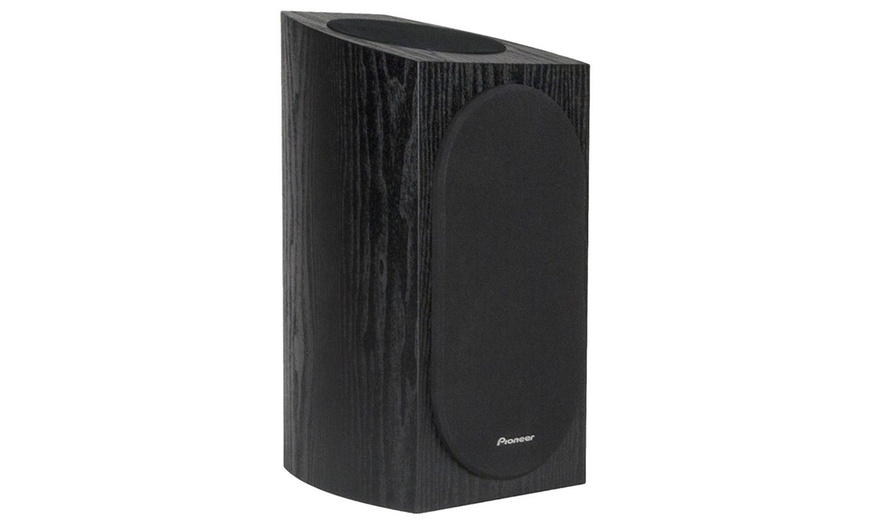

From speaker designer Andrew Jones comes a collection of speakers that bring professional-quality sound to your living room. But they're quite good even ignoring the super-low price. It's just not cricket for a competitor-however remote and insignificant that competition might be-to do that. Finally, although I do have complete measurements for the 22, I'm not going to post them. Of course, the NHT doesn't have any bass to speak of, and the S30 has been discontinued. For the kind of listening I do, I prefer the NHT Super Zero and Cambridge.

Jones have provided a valuable service in providing as much quality as they have for this price, and I can certainly see why they have sold so well. So surprise, surprise-there are trade-offs involved in selling super cheap speakers. The only way to improve them would be to replace the tweeters, and then you wouldn't have $80/pr speakers. Other than bringing down the highs slightly, I couldn't improve on Andrew Jones' design, which appears to be optimal for these speakers.
Pioneer andrew jones bookshelf 2 software#
As I mentioned, I experimented with different crossovers, which my software allows me to listen to without actually building the crossovers. I measured harmonic distortion and found a sharp rise around 3 kHz (but such measurements are tricky to make and may not be accurate in an absolute sense). Second, the tweeter just doesn't seem capable of producing enough clean output at its lower end. There were similar differences with the samples of the 52. In the case of the 22, there is a 6 dB difference in the output centered at 4.5 kHz. I tested 3 samples of the B52, and 2 of the 22. The 22 appears to use the same tweeter, and it leads to the same problem. I replaced those with some cheap vifa's, redid the crossover, and liked the result much better. In that case I thought it was the complex 2.5 woofer configuration, which I thought was muddying up the upper midrange and lower treble. I noticed exactly the same quality in the B52's. On orchestral music, and on brass instruments in general, they take on a murky quality that obscures detail. On the minus side, they don't do nearly as well on complex material with instruments rich in harmonics in the lower treble. On simple program material with lots of content in the highs and midbass, these things will amaze friends and relatives. The highs are very extended and, although a little elevated at the top, not really irritating. Even the much pricier KEF Q100 only uses a cap and a coil in the crossover. That is, to say the least, unusual and probably unique in this price range. The crossover is very carefully optimized using second order electrical circuits for both the woofer and tweeter. Pioneer sacrificed sensitivity to provide accurate bass, and that's to be applauded.

The woofer measures very flat, and is nicely tuned to provide strong bass output in the 75 - 80 Hz range. Here are my conclusions: First, I paid around $80/pr, and they're silly good for that price. Plus, I measured the individual drivers, imported all that into my design software, replicated the factory crossover, and experimented with other crossovers. I've listened to the 22's carefully, and have compared them with a number of other speakers I have around the shop, and I also measured them. Earlier, I had also tested the larger Pioneer BS52 tower speakers simply because I was intrigued by all the publicity, and they were on sale super cheap. So far I've looked at the latest NHT Super Zero and the Cambridge S30, both at least twice the cost of the Pioneers. The cheapest speakers I offer run $850 a pair, and might well be considered overkill as surrounds, and would be difficult to wall mount in any event. I recently purchased a pair of the little Pioneer SP-BS22 bookshelf speakers as part of my effort to find inexpensive speakers that I might be able to recommend to my Philharmonic Audio clients for surround or even center channel duty.


 0 kommentar(er)
0 kommentar(er)
